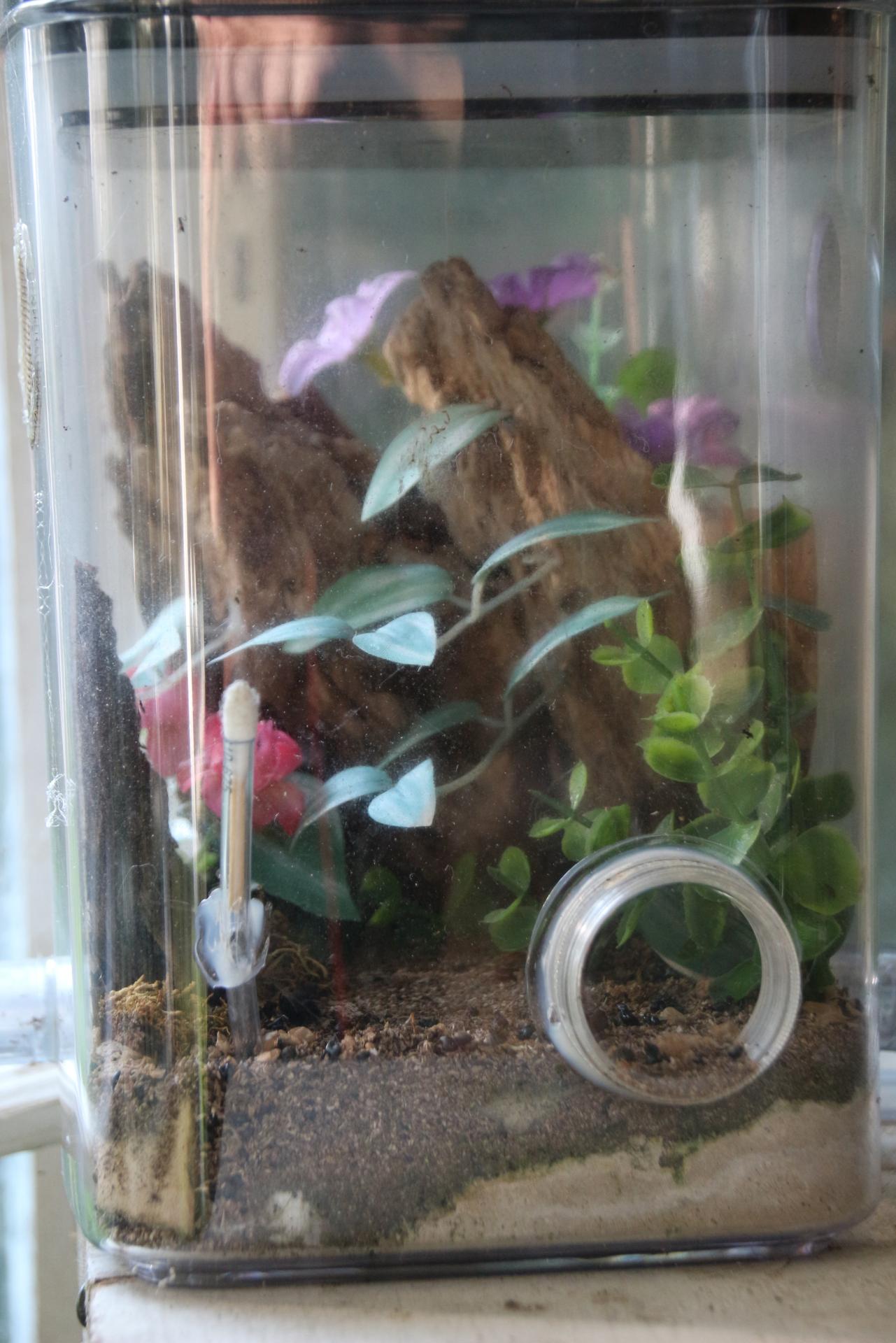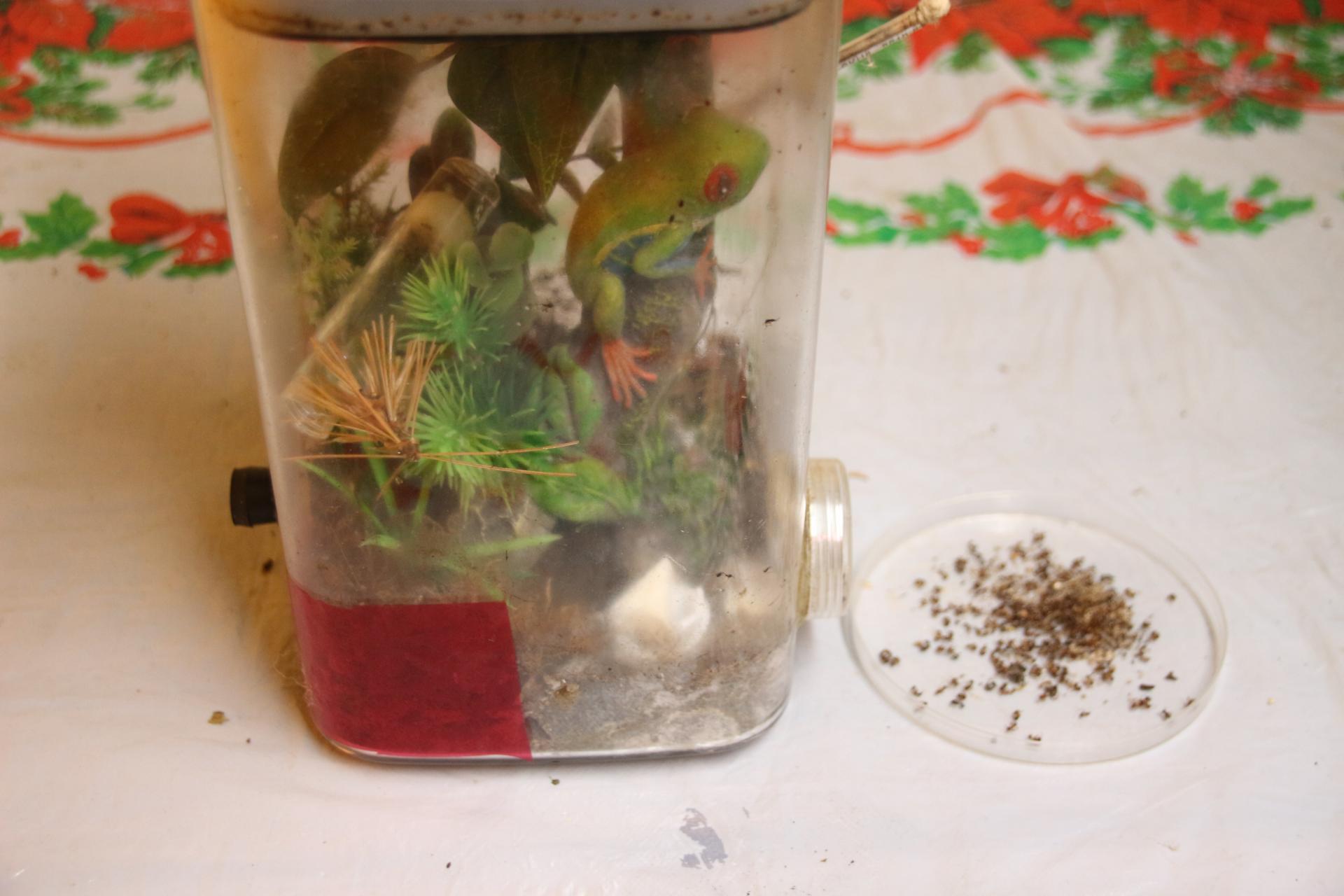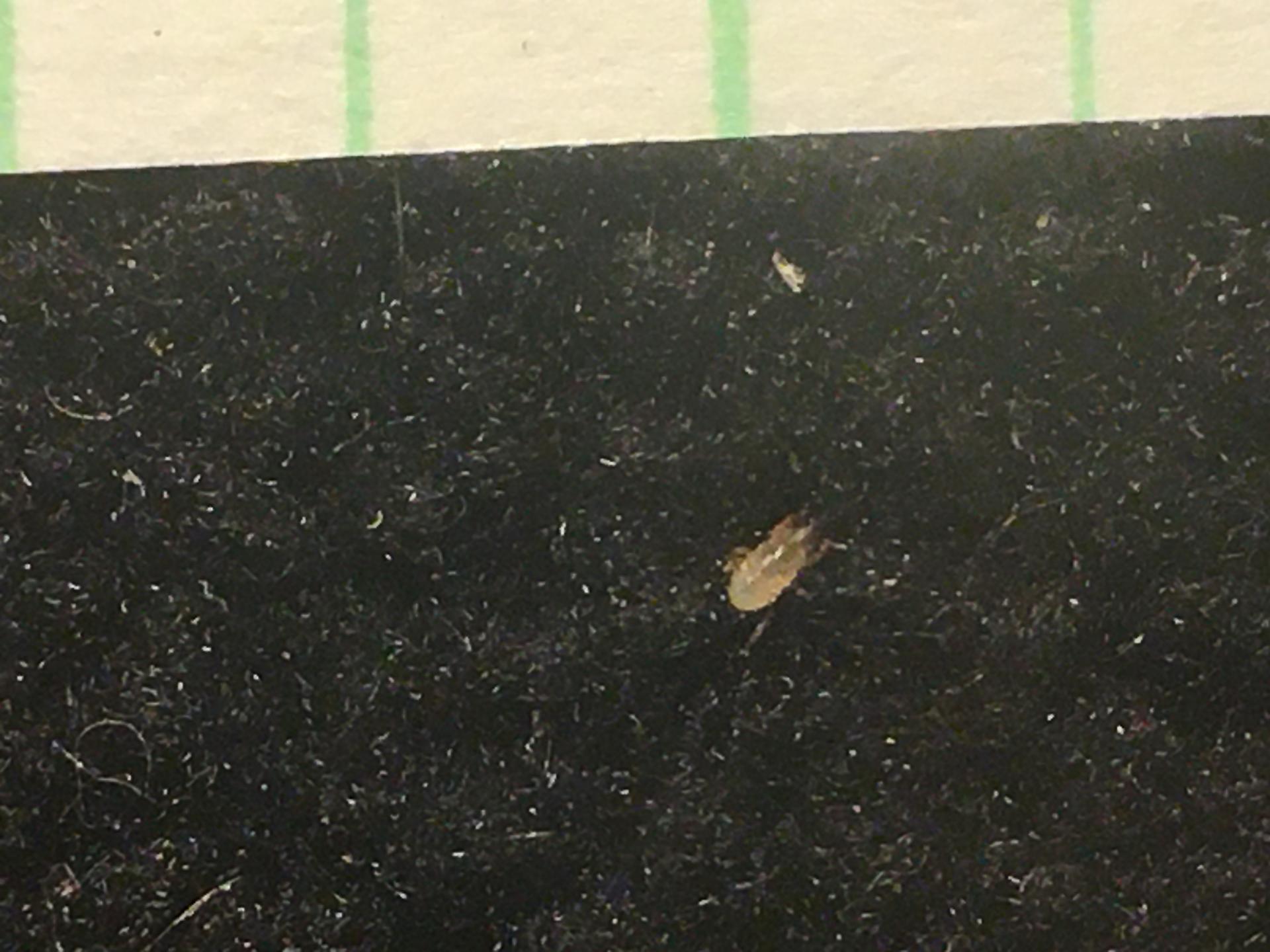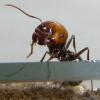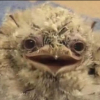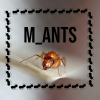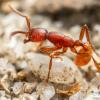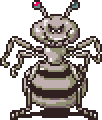In this journal, I'll write about my ant colonies that have become afflicted with a disease, and hopefully my observations will help others avoid these problems, or readers may have suggestions to help solve the problems that my colonies are experiencing.
I first noticed a problem with my colonies in spring when my largest Camponotus colony suffered extreme losses of workers. At that time, I wasn't sure what was going on with the colony, but by the beginning of summer worker numbers had plunged until about 85% of them were dead. Giving them additional bird droppings and pine resin didn’t seem to stop the losses. The queen, brood and remaining workers abandoned the old nest and moved into the outworld where they are now living in a piece of wood that had been a Carpenter ant nest. The six-year-old colony I had before has been reduced to the size of a two-year-old colony.
The Greenhouse colony abandoned their dead and their original nest and moved into this piece of old Carpenter ant nest.
And that’s been the typical scenario with the rest of my afflicted colonies. It starts off with significant death losses of workers. The most seriously affected colonies were really thriving and doing well. Typically, at first, I would see every worker carrying a dead worker and their death pile growing larger every day, to the point where eventually all the foraging workers had died. Many of the small colonies were wiped out. At first, I attributed the losses to the fact that I'd been away for eight days, and I thought I'd underestimated the amount of water that a thriving colony would use, so I attributed the losses to the lack of water as the weather turned dry while I was away. Since then, I’ve realized that this disease is some kind of bacteria, virus or fungus that can spread from one colony to another.
The colonies affected most are the Myrmica and Brachymyrmex colonies. Founding colonies were totally wiped out. The largest colonies have been able to survive the worker losses and still have enough surviving workers to forage and bring food back to the nest. In the medium sized colonies, the foraging workers were depleted to the point where there's only the queen, brood and nurse workers that remain in the nest. There's a great reduction in the amount of protein and sugar/water they consume. Most of the colonies sat like that for a month, basically the queen, brood and nurse workers and no foraging activity whatsoever that I could see. But the nurse workers look like they’ve continued to raise the brood and one of the earliest affected Myrmica colonies has produced pupae. I don't know what they were raising them on because they didn't take much food over that time. They may be small versions of normal size.
Mites have been an ongoing problem with my colonies. I’ve had a mite problem since spring when I think I had an infected fruit fly culture and that was the beginning. The biggest problem is that they seem to be able to show up from nowhere in a colony. I don't know, but this disease could also have been carried by those mites. Two of the small colonies that were first affected had been brood boosted earlier in spring. Can cocoons carry disease? I’d like to know where this pathogen came from.
The colonies that have been affected include Camponotus, Myrmica, Lasius, Tapinoma, and Brachymyrmex. The only colonies that don’t seem to have been affected are Tetramorium and Temnothorax. Since I noticed this affliction, I tried to quarantine affected colonies. I’ve been disinfecting my equipment with hand sanitizer between feeding and cleaning each colony and I use separate implements for each. I’ve basically tried to keep everything as sanitary as possible and yet this disease continues to spread. I've been feeding mostly meat products with a few insects that I know are disease free because they've been boiled. I've also added fruit to their diet as I noticed a lot of ants, wasps, and hornets enjoy eating the rotting pears in my orchard, so I've given them pear, peach and raisin pieces. These fruits are high in vitamin C and if this malady is a virus, I hope it might help the ants' immune systems. I’ve also reduced hydration to a minimum in case it is a fungus.
This photo shows the worker losses from one Myrmica colony that was thriving in spring with many workers and brood, and you can see the devastating effect of this disease. This colony is large enough it still has a significant number of living workers and is still raising brood, but they continue to lose workers daily. This is my Tree Frog colony, there are nesting chambers in the stump and frog as well as the base.
This is a photo of the mites that are affecting my colonies. The marks on the scale are 2.5 mm apart. I'm not sure what these mites are or if they're directly affecting the ants. I've never seen them on an ant. They do like trash. I’ve been removing them from colonies by using pieces of freeze-dried brine shrimp as bait to attract them and when they’re all dug in, I remove them from the colony to the compactor (my thumb and forefinger).
I probably added to the spread of the disease by using the same pooter to remove trash and dead ants that I used to collect flies for ant food. I now use two pooters, one for trash and one for food insects.
As I was writing this over a number of days, I was never sure as to the cause of these problems but lately in a related post there were reports of colonies with similar symptoms and the pathogen was diagnosed by Manitobant as “aspergillus flavus, a type of fungus.” He continued to say that “Unlike some other molds, this stuff is far from harmless, and can quickly ravage a colony if it’s allowed to spread. It usually first appears on dead workers or other things in the trash pile, but can then infect live ones especially if your colony is kept in a small space such as a test tube. “
I think mold may be the cause of the problems with my colonies. This makes a lot of sense to me as my colonies’ problems started after I was away. Before I left, I well hydrated my colonies, packed them in sealed tubs and put them in a cool place to sit out my absence. I was afraid they would dry out, but they might have been too wet. I stored them in the perfect conditions for mold to grow, although I only ever saw mold once on a few dead ants. My workshop isn’t very well ventilated as I had all the windows closed to keep in the heat during this cool summer and poor air circulation promotes mold growth. My ants languished all summer in the cool temperatures as it seldom got above 30 deg C and they never really kicked into high gear.
I lost a lot of founding and small colonies this summer. I also lost a lot of ants from the medium and large-sized colonies, but they seem to have been able to outgrow the mold and are making a comeback. I’ve managed to keep a few founding colonies alive and disease free, so all is not lost. I fear though, that some colonies may have a tough time getting through diapause in a weakened condition. I also worry about the long-term effects. Will my ants and I have to constantly battle mold, or can it be managed for and hopefully eradicated?
You probably realize that this has been a pretty discouraging summer for me. It’s hard to watch colonies dwindle despite my best efforts to save them. The next installment of this Journal will include some suggestions, from what I’ve learned so far, to help you avoid these types of problems in your own colonies. Please feel free to comment or add any suggestions you may have to help me and others who are dealing with colony problems, especially mold.
Enjoy your time.
RPT



